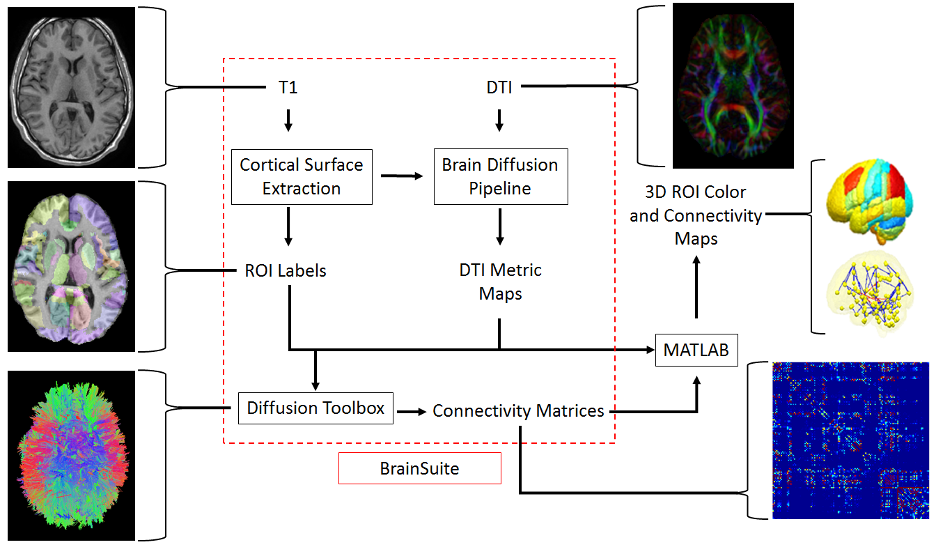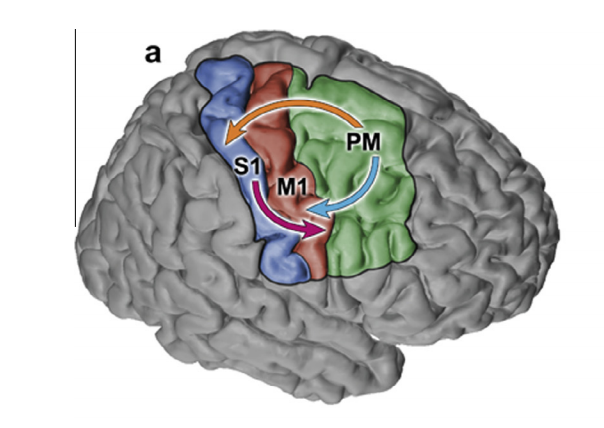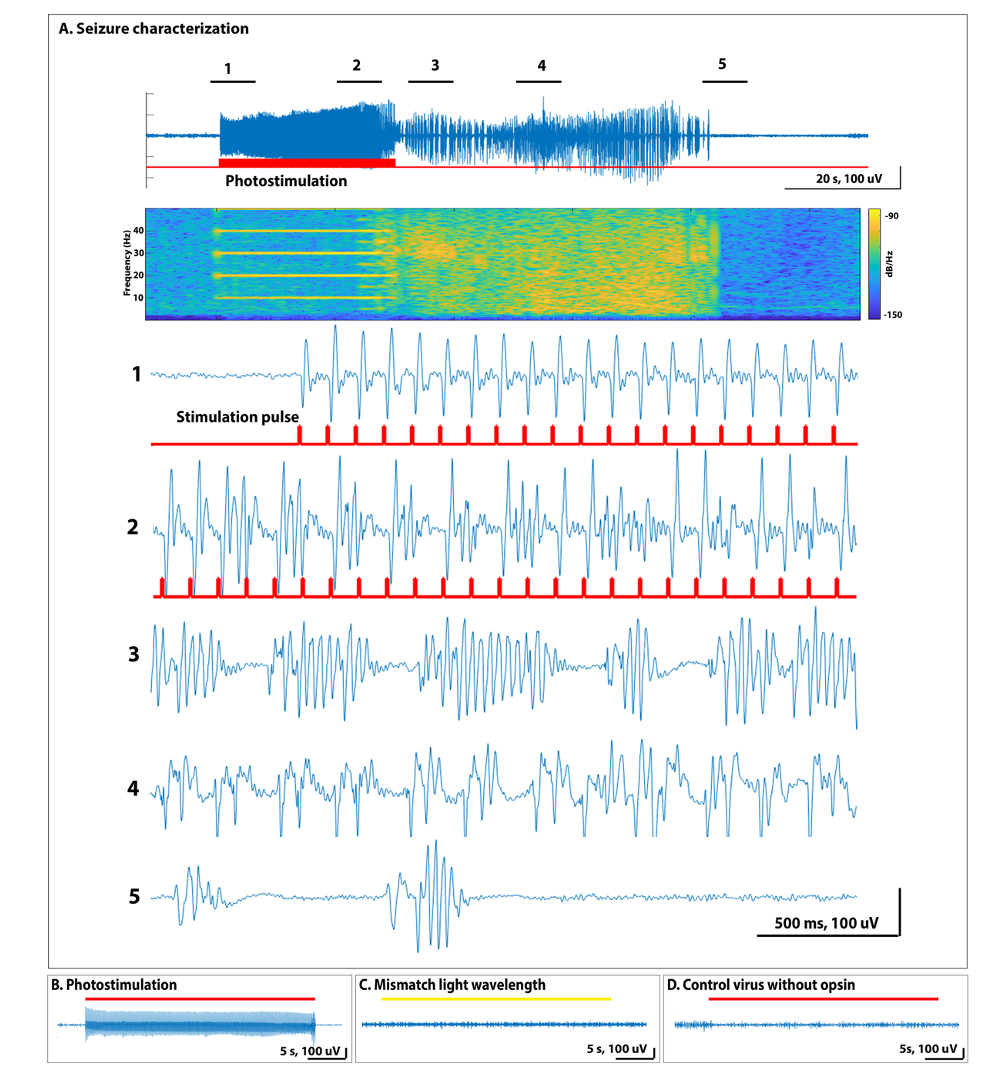About
It is increasingly evident that, in order to understand how human brain works, we need to understand the complex networks formed by neurons. The cognitive and behavioral functions our brain performs are done through these networks. They make us who we are: the memories we cherish, the love we express, and the anguish we endure. Diseases affecting the brain create signs and symptoms by affecting these networks. Abnormal electrical activities generated and spreading through these networks can lead to seizure activities. The loss of important networks can cause difficulty in memory such as Alzheimer’s Disease. Pathological changes of these networks are associated with conditions such as Parkinson’s Disease and autism.
Our lab is devoted to understanding brain networks, especially their changes associated with diseases affecting the brain, including traumatic brain injuries, epilepsy, movement disorders, brain tumors, and cognitive disorders.
In our imaging studies, we attempt to understand these changes at a macroscopic level. Using advanced imaging techniques such as magnetic resonance imaging, we can evaluate connectivity characteristics between different brain regions. Connectivity measurements among brain regions are termed connectomes. We have developed and will continue to develop computational techniques to compare brain connectomics between patients and healthy individuals. Our goal is to elucidate regional and global changes in both structural and functional brain connectomes associated with various central nervous system (CNS) disorders.
In our electrophysiological studies of epilepsy, we attempt to understand the changes in the brain connectivity at a microscopic level. We employ techniques such as optogenetics, calcium imaging and intracranial recordings in animal models of temporal lobe epilepsy (TLE) to study the connections between different groups of neurons and how they are responsible for seizure generation and propagation. Our goal is to unlock cellular mechanisms and neuronal circuits responsible for the disease. We hope our discoveries can improve the efficacy and effectiveness of treatments for patients with epilepsy.




